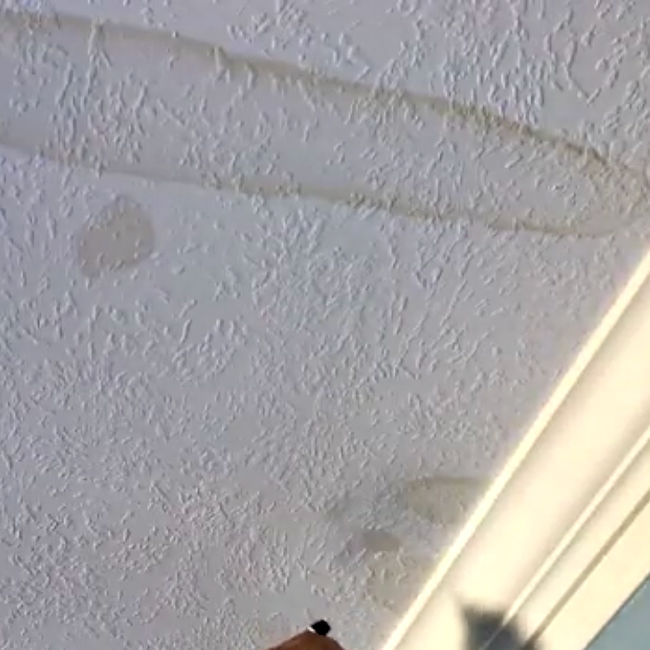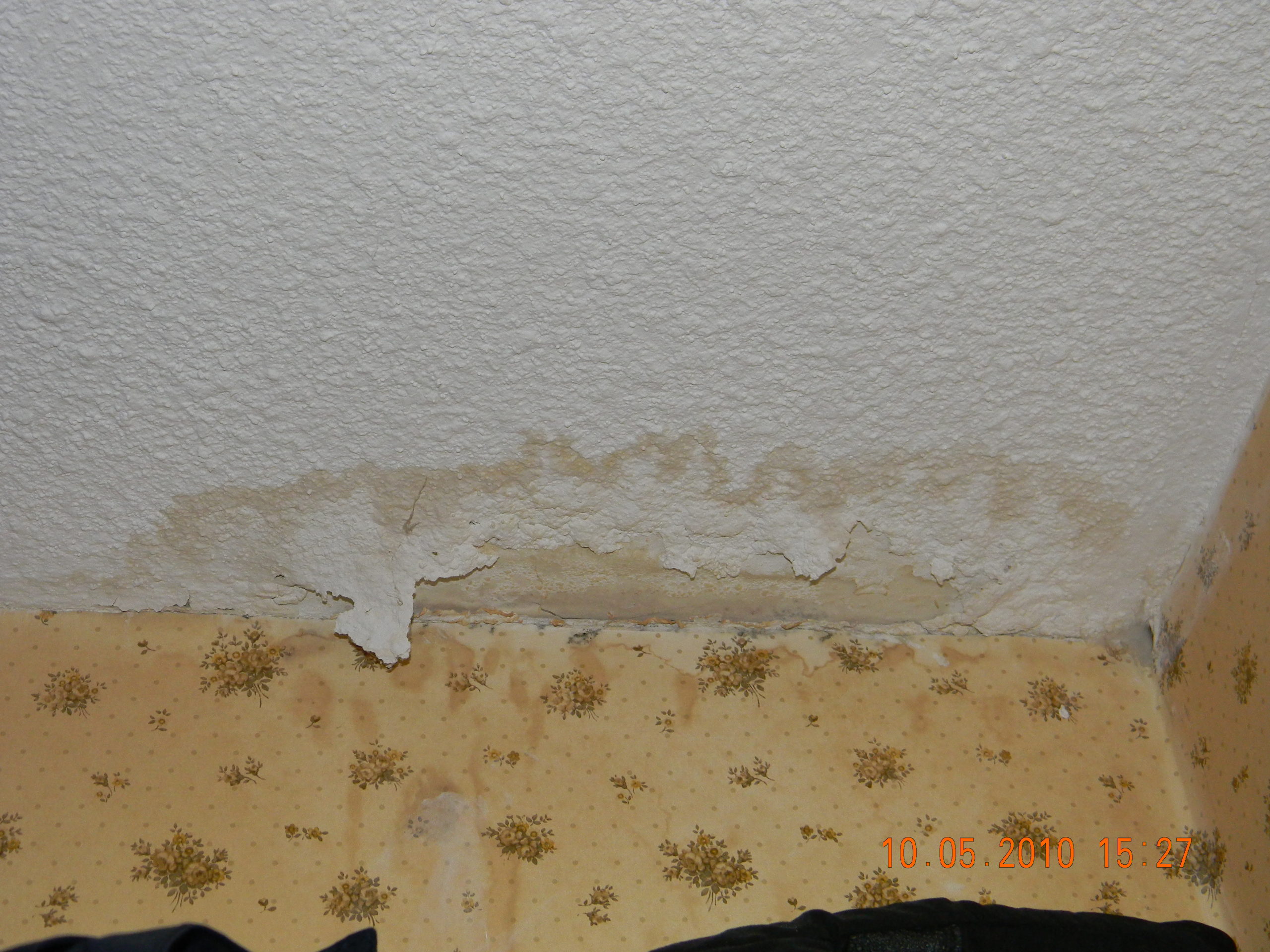Clearing Water Marks - Complete Wall Stain Checks And Repairs
Clearing Water Marks - Complete Wall Stain Checks And Repairs
Blog Article
Do you find yourself hunting for answers on How to Remove Water Stains from Walls and Ceilings?

Water stains on walls are not pleasant to the eyes. Your home should lack discolorations on the wall surfaces, roofing, or floorings. That is the suitable state of a house as well as its structures. In some cases it seems almost inevitable to experience water discolorations on wall surfaces in houses.
Homeowners staying in damp regions constantly manage the concern of water spots on walls. That does not have to be the situation for you. With all-around and also exact info on the reasons for water discolorations as well as punctual repair service procedures, you will certainly always be an action ahead of such occurrences. This write-up promises to be a handy guide for you.
3 Common Reasons For Water Discolorations on Wall Surfaces
As opposed to common belief, water stains on wall surfaces do not always come from poor building products. There are several sources of water discolorations on walls. These consist of:
Wet
When hot wet air meets with completely dry cool air, it triggers water beads to form on the wall surfaces of buildings. When there is vapor from cooking or showers, this happens in cooking areas and restrooms. The water beads can tarnish the bordering walls in these parts of your home as well as infect other areas.
Wet or condensation influences the roof and walls of buildings. When the wall surface is damp, it develops an ideal setting for the growth of microbes and fungi.
Poor Water drainage
When making a structure strategy, it is crucial to ensure sufficient drain. This will avoid water from leaking right into the wall surfaces. Where the drain system is blocked or missing, below ground wetness develops. This web links to extreme dampness that you observe on the wall surfaces of your structure.
So, the leading cause of wet wall surfaces, in this instance, can be an inadequate water drainage system. It can also result from inadequate monitoring of sewer pipes that run through the building.
Pipeline Leaks
The majority of houses have a network of water pipes within the walls. It constantly boosts the feasibility of such pipes, as there is little oxygen within the walls.
Yet, a disadvantage to this is that water leak affects the walls of the structure as well as causes prevalent damages. A dead giveaway of defective pipes is the look of a water discolor on the wall.
Pro Pointer
A houseplant in your house also raises its humidity. If the home is already moist, you may desire to introduce houseplants with minimal transpiration. An instance of suitable houseplants is succulents.
Water Discolorations on Wall: Fixing Tips
House owners would generally desire a quick fix when dealing with water discolorations. Yet, they would certainly soon recognize this is counterproductive as the water spots recur. Below are a few handy suggestions that will certainly lead you in the repair work of water discolorations on walls:
Conclusion
No one wants to have water stains on walls in their house, it can take place to the ideal of us. This article gives you take advantage of, as you currently recognize just how to handle this accident if it does happen.
It is constantly best to hire specialist solutions to help fix the damages in your home.
In some cases it appears nearly inescapable to experience water discolorations on wall surfaces in residences.
In contrast to popular belief, water stains on walls do not always stem from poor building materials. There are a number of causes of water spots on wall surfaces. The water beads can discolor the bordering wall surfaces in these components of your house as well as spread to various other locations.
Right here are a couple of practical ideas that will certainly assist you in the repair service of water discolorations on wall surfaces:
CHECKING FOR WATER DAMAGE
Water damage can be costly, and it may begin before you even notice the first signs of trouble. Water damage can cause mold and mildew in your walls and floors, which can create an abundance of health concerns for your family. It can also lead to costly repairs of various appliances and general home fixtures. To avoid the pricey consequences of water damage, here are Warner Service’s top 5 places you should check:
The walls – The easiest place to spot the beginnings of water damage is on the walls and ceilings of your home. If water damage is present, there will most likely be water stains, especially around the windows and doorframes, and/or cracks in the drywall. If a stain looks unusual (discolored to brown, black or gray, raised texture), has a swollen appearance or is soft to the touch, contact a professional immediately. The pipes – To avoid water damage, consistently check the pipes in your kitchen (especially the dishwasher and ice maker), bathrooms, laundry room (specifically washing machines) and basement for corrosion, leaks and water stains. Pay special attention to where the pipes connect in your home and the location of caulking around the bathroom fixtures, including toilets, sinks, showers and tubs. Missing or loose caulking and grout could be signs of leaking water. This seepage can also quickly cause mold and rust, so double check your water heater and tank for wet spots on the floor. The floor – Water damage is very easy to spot on the floor. Look for any warping or buckling of the material, especially in the basement. If your home has wood flooring, look for bright white or dark stains. If your home has carpeting, keep it dry and clean. A damp carpet that smells of mold could cause water damage and health problems. To avoid this, consider installing floor pans under your appliances to help prevent damages from small, slow and undetected leaks. The basement and attic – If your basement or attic smells odd check for mold and mildew around the area, especially the valley where the roof meets. While you are inspecting those areas, check for wall cracks, floor stains, rust and dampness in the insulation. If you live in a colder and/or rainier climate, perform routine checks for water damage from melting snow or ice and rain. The exterior – Check the roof for damaged flashing and missing, cracked or curled shingles. There should also be no standing water anywhere outside your home. This could be caused by puddles, leaky rain gutters or hoses, poor drainage, or short gutter spouts. Invest in a sump pump system or water flow monitoring system, and perform routine maintenance on these outdoor appliances to avoid indoor water damage.

I hope you enjoyed reading our piece on Indicators of Water Damage Behind Walls. Thanks for spending some time to read through our post. Sharing is caring. Helping people is fun. I take joy in reading our article about Indicators of Water Damage Behind Walls.
Schedule A Free Estimate
Report this page